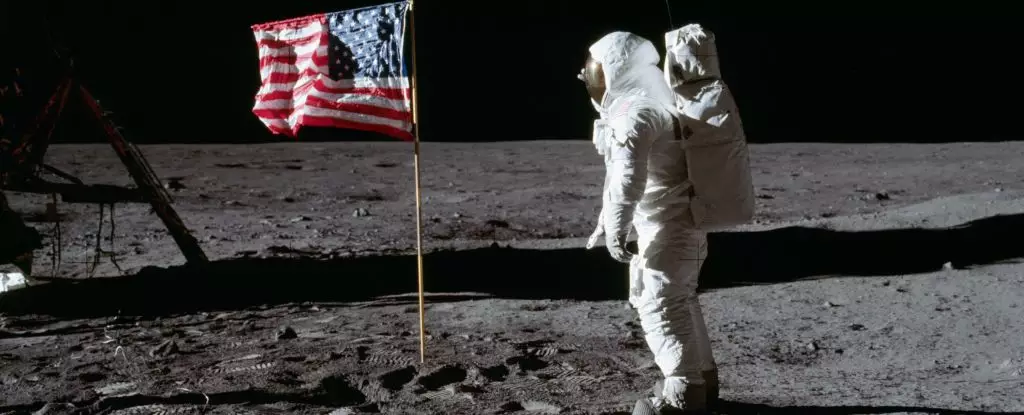For centuries, the Moon has captivated our imagination as a pristine celestial body, untouched by human influence. However, the reality is drastically different. Over the past 60 years, humans have been busy leaving their mark on Earth’s satellite. In a new paper, researchers argue that we have entered a new epoch on the Moon – the Lunar Anthropocene. This term, borrowed from the discussion of the Anthropocene on Earth, recognizes the significant impact humans have had on the lunar landscape.
The Lunar Anthropocene is said to have begun with the landing of Russia’s Luna 2 spacecraft in 1959. Since then, various missions have left behind traces of human presence, including defunct equipment, crashed spacecraft, and even human waste. Scientists emphasize the need to acknowledge and understand the extent of our impact on the Moon as we continue to explore its mysteries. By doing so, we can take proactive measures to prevent further damage and preserve the lunar environment.
To comprehend the scale of human influence on the Moon, researchers from institutions such as the Kansas Geological Survey and North Carolina State University are studying the changes caused by our activities. While the Moon is often perceived as a static and unchanging celestial body, the truth is more nuanced. Human endeavors, such as the movement of rovers, landers, and astronauts, significantly disturb the lunar regolith (sediments). These disturbances accumulate over time and can alter the lunar landscape drastically.
Recognizing the potential harm to the delicate lunar environment is crucial. The Moon holds valuable resources, including water ice, and understanding the impact of human activity is paramount to prevent irreversible damage. As space exploration continues to evolve, the lunar landscape will be unrecognizable in the next few decades. It is essential to preserve the Moon’s unique features and its cultural heritage for future generations.
While discussions about the Lunar Anthropocene mainly focus on the physical changes caused by human activity, there is another aspect to consider – the preservation of our lunar cultural history. The footprints, flags, photographs, and artifacts left behind by the crewed missions of the 1960s and 1970s tell a significant part of humanity’s story. These imprints mark a pivotal milestone in our species’ existence, symbolizing the first steps taken beyond our home planet. However, minimal efforts are being made to track, document, and protect these important artifacts.
As scientists and archaeologists examine the footprints on the Moon, they consider them an extension of humanity’s journey out of Africa. These imprints are not merely physical marks but also a testament to our collective history and the progress we have made as a species. By understanding and preserving our lunar heritage, we can connect with our past and inspire future generations to explore and push the boundaries of knowledge.
The Lunar Anthropocene reveals the undeniable impact humans have on celestial bodies. The Moon, once seen as an unchanging sanctuary, now bears the imprints of our ingenuity and exploratory spirit. As we venture further into space, it is imperative that we approach exploration with a mindset of preservation and sustainable practices. By recognizing and understanding the Lunar Anthropocene, we can navigate the challenges ahead and ensure the continued wonder and awe of our universe.


Leave a Reply